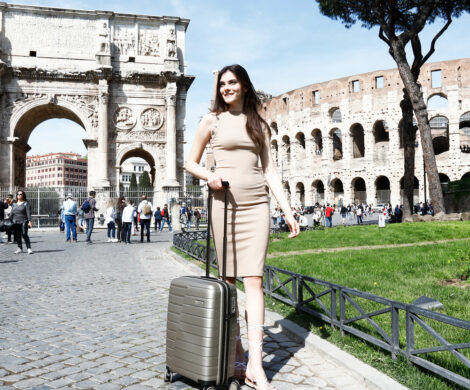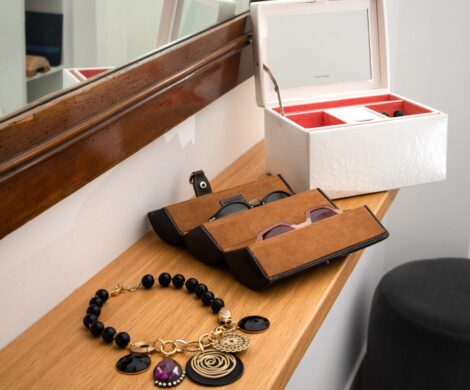The women’s bag: the most loved accessory in the world has an ancient history
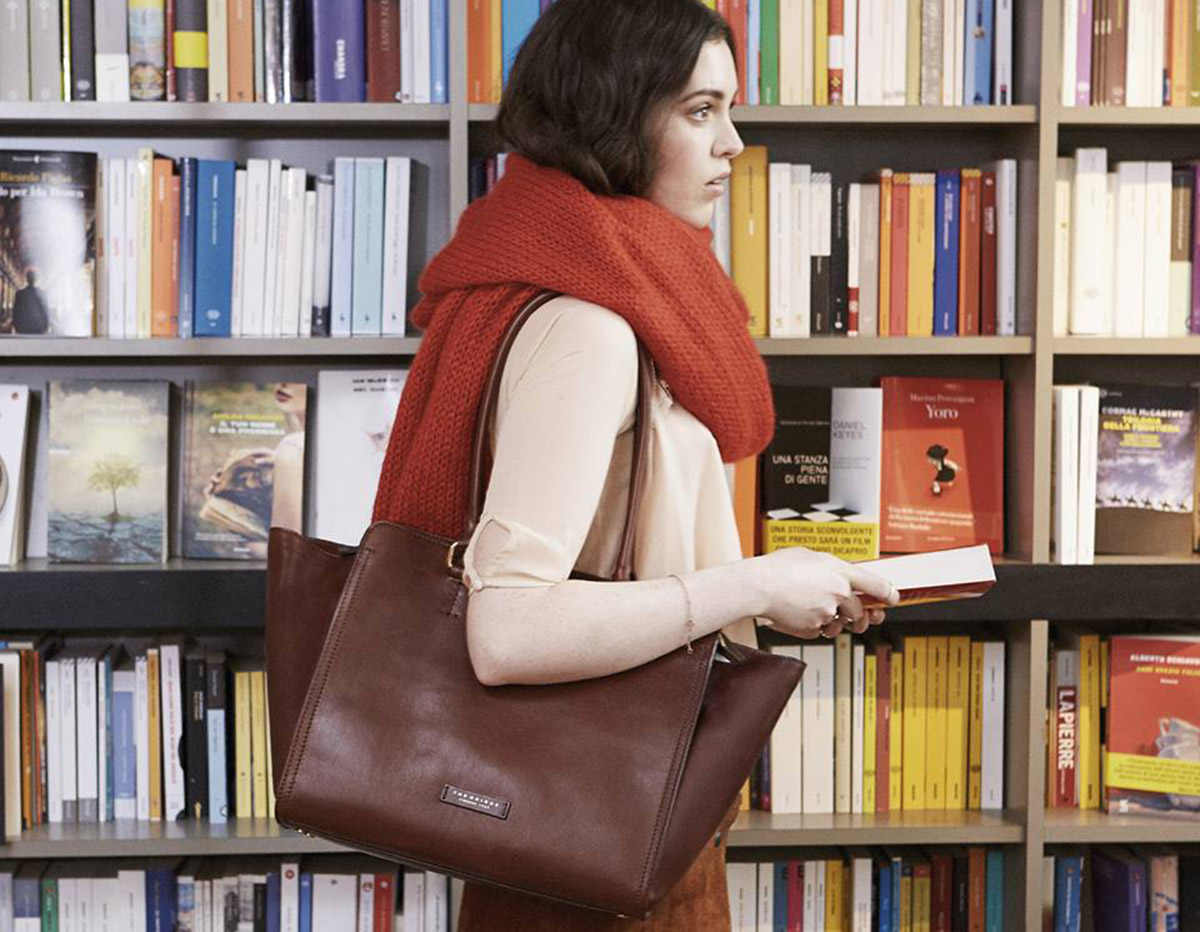
Would you believe it if we told you that the first bag was invented by a man? Well yes! In fact, it was they, already in prehistoric times, the first to use them, devising a system to curl the skins of skinned animals in order to transport, during the day, the tools useful for hunting.
Its history, however, evolves rapidly and with more and more diversified implications from those of the mere transport of objects, making it an accessory constantly balanced between its effective containment function and its purely aesthetic and accessory function.
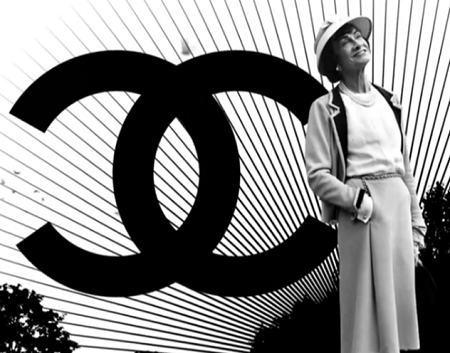 Over time, the bag becomes a duffle bag, travel bag and work bag, evolving within a path that is as feminine as it is masculine, still remaining the world’s most loved accessory. A bag is able to contain a whole world of indispensable objects that accompany us even in spite of their actual usefulness, during our daily journey. It is a reassuring object, a piece of us that we always carry behind and of which, even if we change the envelope, the shape or the color we could never separate ourselves.
Over time, the bag becomes a duffle bag, travel bag and work bag, evolving within a path that is as feminine as it is masculine, still remaining the world’s most loved accessory. A bag is able to contain a whole world of indispensable objects that accompany us even in spite of their actual usefulness, during our daily journey. It is a reassuring object, a piece of us that we always carry behind and of which, even if we change the envelope, the shape or the color we could never separate ourselves.
The name “bag” derives from Old Norse baggi, which meant leather, it is assumed, therefore, that the first examples of modern bag were made with this material.
The oldest evidence of leather processing is found in Tuscany in the twelfth century and it is at that time that the first models run on the shoulders like meats, bandoliers, haversacks used by pilgrims or saddlebags widespread among the peasants.
In the thirteenth century appear the first bags brought to the center of life, the forerunner of modern baby carriers. The first bags next to today’s concept date back to the Renaissance, with metal closures at the top. In the fourteenth and fifteenth centuries this closure takes the form of today’s hinge and is richly decorated with pearls and small precious furnishings such as stones and jewels.
In the sixteenth century, the bags are diversified according to their shape and provenance and, together with the birth of pockets destined to contain objects and of the small chest, a sort of small bag attached to the trousers is spreading.
In the following century, the stock exchanges were almost absent, as money and personal belongings were stored in clothes that, especially in the case of women, were very large. Moreover, during this period the use of the sleeve spread out, as well as keeping the hands warm, it had pockets for storing objects.
It is after the French Revolution and the bags actually reappear, also, as the fashion of the period wants, light and soft.
Between the end of the nineteenth century and the beginning of the twentieth century, hand in hand with the birth of the bourgeois class, women began to be more and more independent and this made the bag an object closely linked to the emancipation of women because inside they could be put away all the essential items during the day. In this period the bags lose their chains, a typical feminine accessory, becoming pochettes, with rectangular shapes.
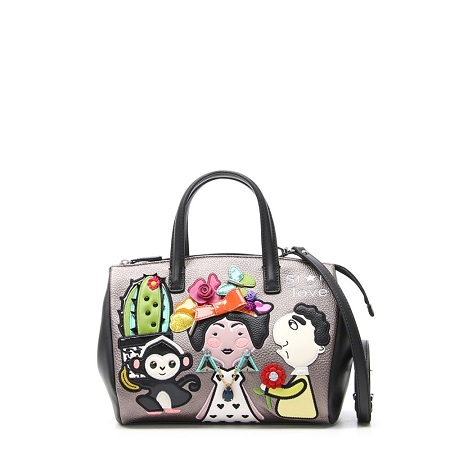 Coco Chanel, seems to interpret the needs of this new femininity by launching a new way of being and dressing, with its rigorous and elegant clothes, with its sporty and comfortable fabrics. With her, the bag becomes an essential and absolutely necessary accessory. It spreads the famous Chanel born in ’22 -’23, envelope model with characteristic diamond stitching, destined to have enormous success and diffusion. In this period the bags with two handles, clutches and small embroidered bags also spread.
Coco Chanel, seems to interpret the needs of this new femininity by launching a new way of being and dressing, with its rigorous and elegant clothes, with its sporty and comfortable fabrics. With her, the bag becomes an essential and absolutely necessary accessory. It spreads the famous Chanel born in ’22 -’23, envelope model with characteristic diamond stitching, destined to have enormous success and diffusion. In this period the bags with two handles, clutches and small embroidered bags also spread.
Hermes in Paris, Gherardini and Gucci in Italy. The day bags were coordinated with the dress and were the same color of gloves, shoes, hat. For the evening, the bags were often packaged in the same fabric as the dress, sometimes with rhinestones or sequins.
The forties are marked by a general gloom due to the climate of war. In this period the bags are large, now the small handbags of the previous years give way to the “shopping bag” and large bags to carry with them during their flights.
After World War II, Paris takes a leading role in fashion and almost wants to exorcise the tragic consequences of the war, tailors like Dior and Balmain dress women with brightness, with great refinement and care; the emblem of this new woman is Princess Grace Kelly and it is she who in 1956 appears in Life magazine with her arm a Hermès bag from this moment it will be called “Kelly”. Always by Hermès, Jaqueline Kennedy will often wear a rectangular model with an H closure; great actress of the Gucci handbags was actress Audrey Hepburn.
After the formalism of the Fifties, fashion has experienced a period of important experimentation and the trunks, hand bags with metal hinges and briefcase bags begin to spread.
Today, we know how valuable a bag can have in the life of a woman and to witness it we find the fact that our closets are full of it. There are different shapes, fabrics and colors because they are just as different as the women who wear them, falling in love with them, like Braccialini who re-elaborates them, bringing back the most famous love stories in the world on their models.




